Stash of pure, 24-karat gold coins unearthed in Israel
It was a fortune that could have bought a mansion in the best neighborhood.
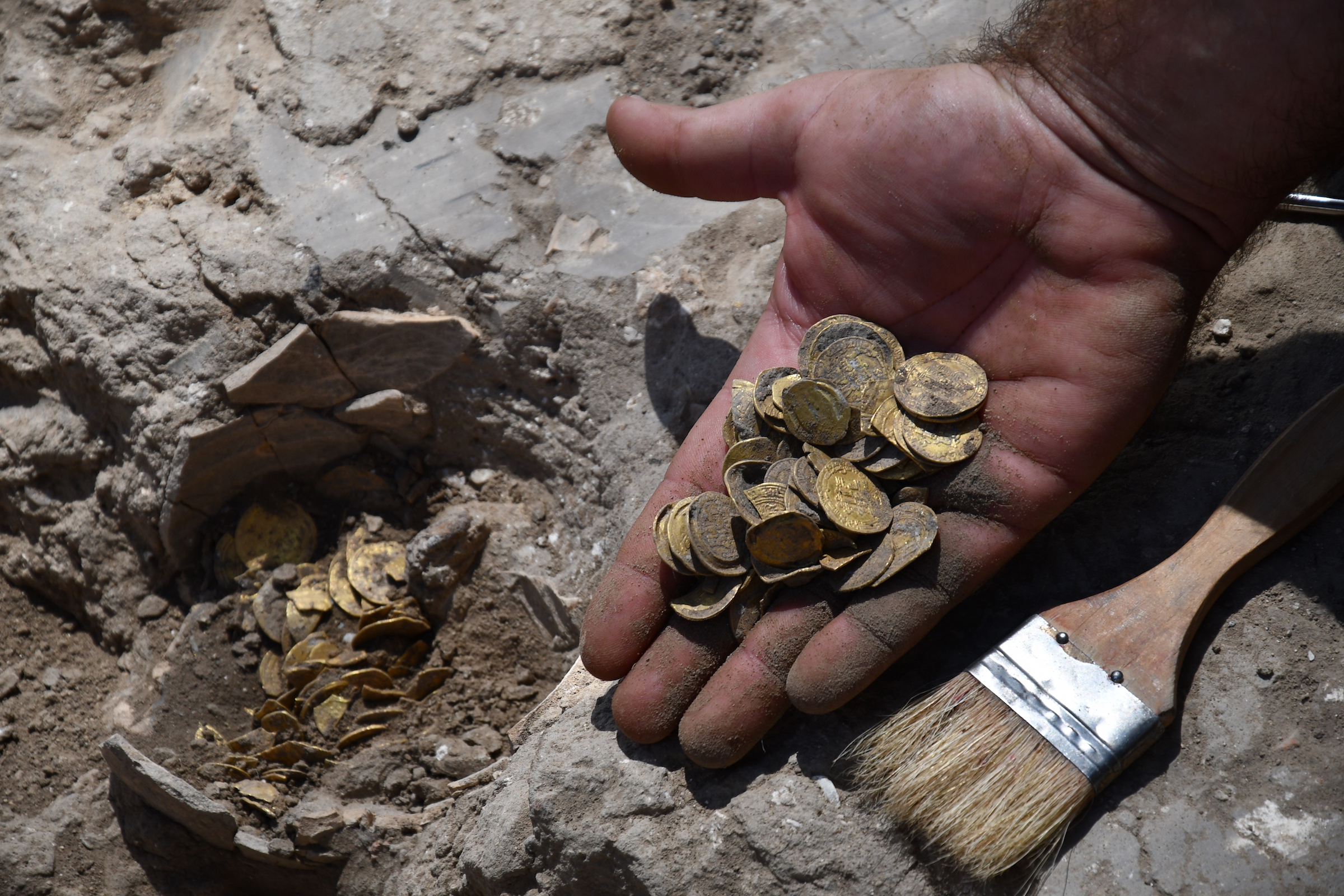
About 1,100 years ago, someone stashed a small fortune of pure gold coins in a clay jar and nailed that jar to a hole in the ground, likely with the hopes of retrieving it one day.
Whoever it was, they never reclaimed the treasure. The hoard — a hefty pile of 425 gold coins — remained buried until a group of youths volunteering ahead of their mandatory army service in Israel unearthed it on Aug. 18, according to the Israel Antiquities Authority (IAA), which organized the excavation.
"I dug in the ground and when I excavated the soil, saw what looked like very thin leaves," Oz Cohen, one of the youths, said in an IAA statement. "When I looked again I saw these were gold coins. It was really exciting to find such a special and ancient treasure."
Related: The Holy Land: 7 amazing archaeological finds
Most of the 24-karat gold coins date to the Abbasid period, also known as the Islamic Golden Age. The Abbasid caliphate (A.D. 750–1258) ruled from what is now Iraq, where innovations in art and architecture led the cities of Baghdad and Samarra to become the cultural capitals of the Muslim world, according to The Metropolitan Museum of Art in New York City. At its height in A.D. 850, the caliphate ruled parts of Northern Africa and much of the Middle East. The caliphate fell when the Mongols sacked Baghdad in 1258.
"Finding gold coins, certainly in such a considerable quantity, is extremely rare," Liat Nadav-Ziv and Elie Haddad, who directed the IAA excavation, said in the statement. "We almost never find them in archeological excavations, given that gold has always been extremely valuable, melted down and reused from generation to generation."
The coins are in "excellent condition, as if buried the day before," because they were made of pure gold, meaning that they won't oxidize when exposed to air, Nadav-Ziv and Haddad added.
Get the world’s most fascinating discoveries delivered straight to your inbox.
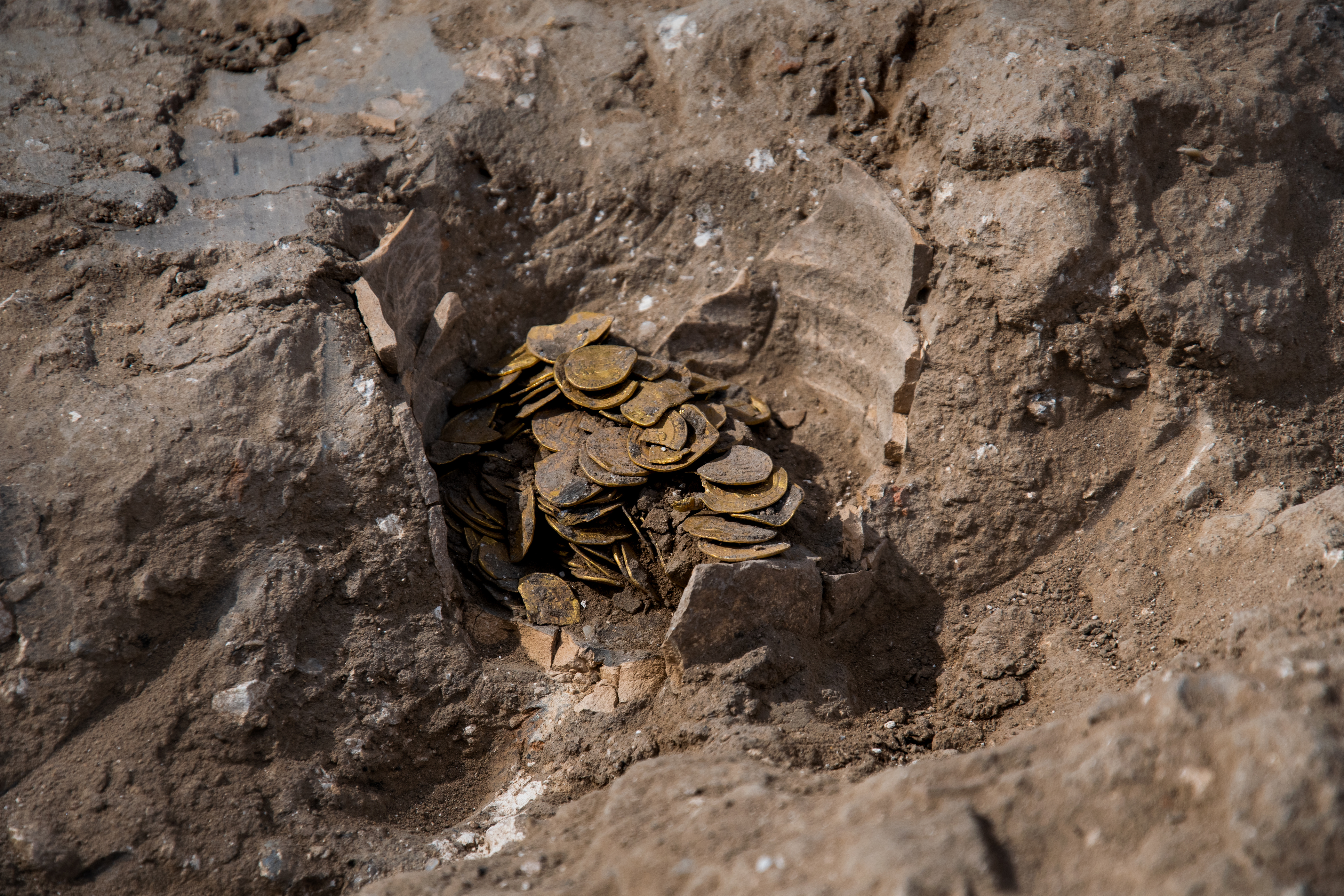
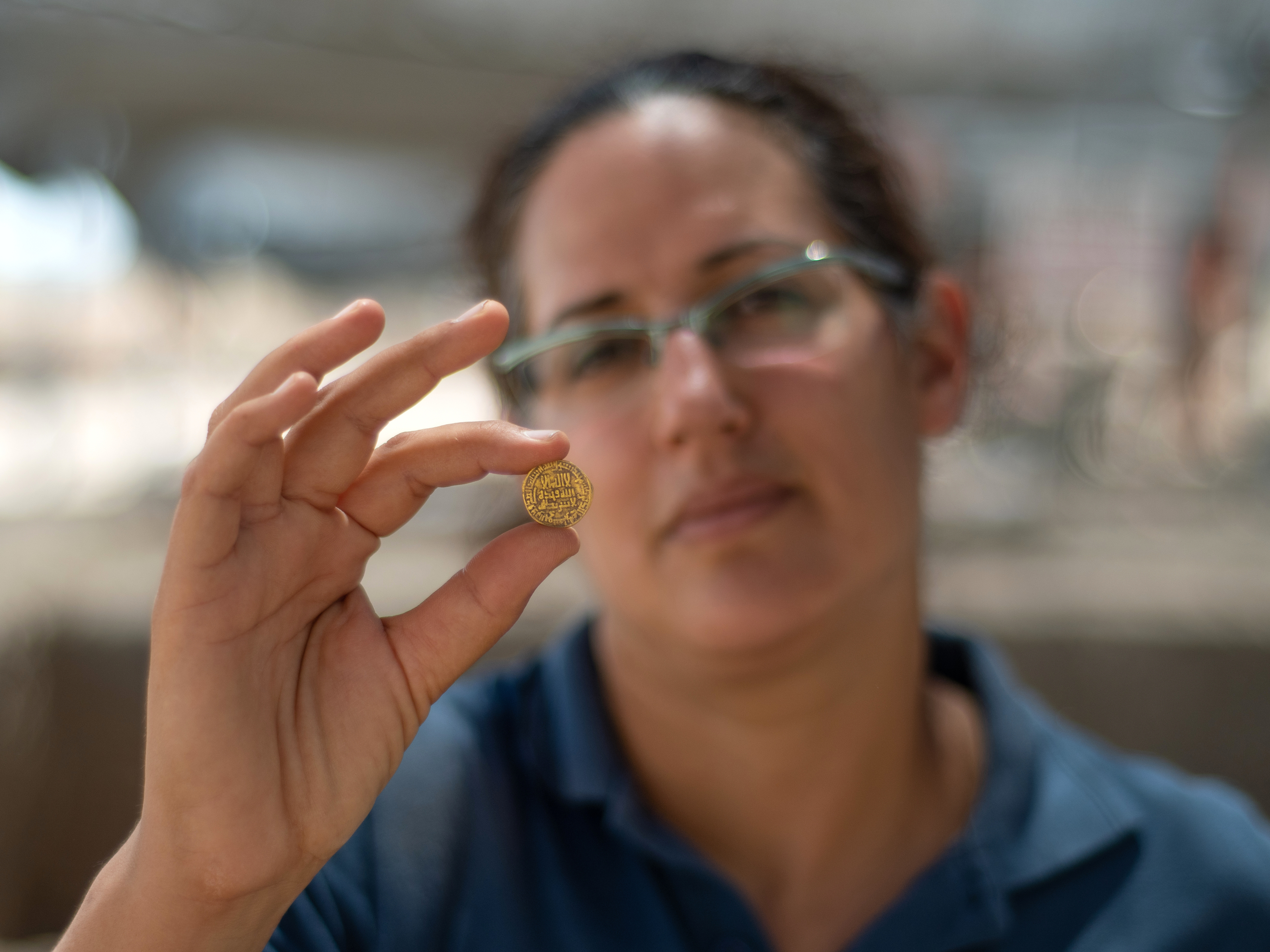

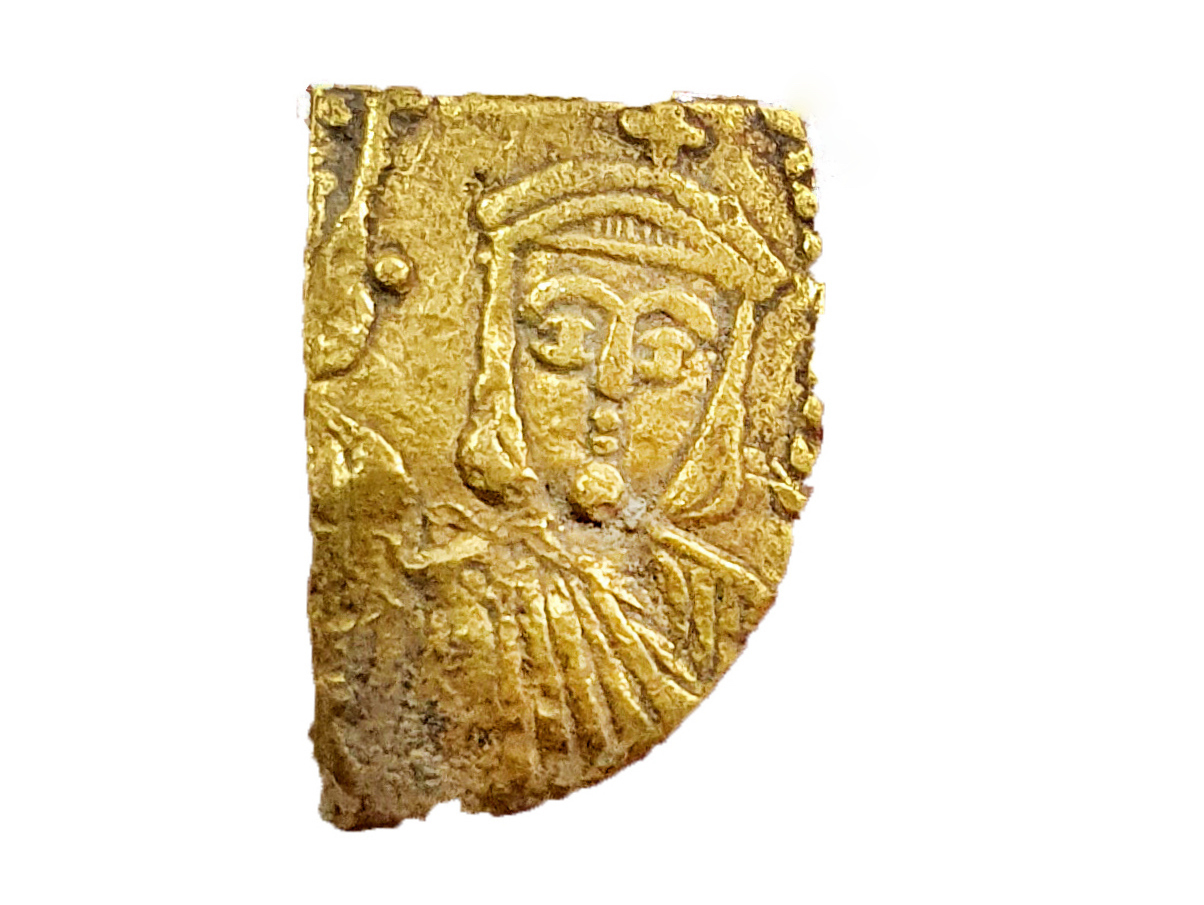
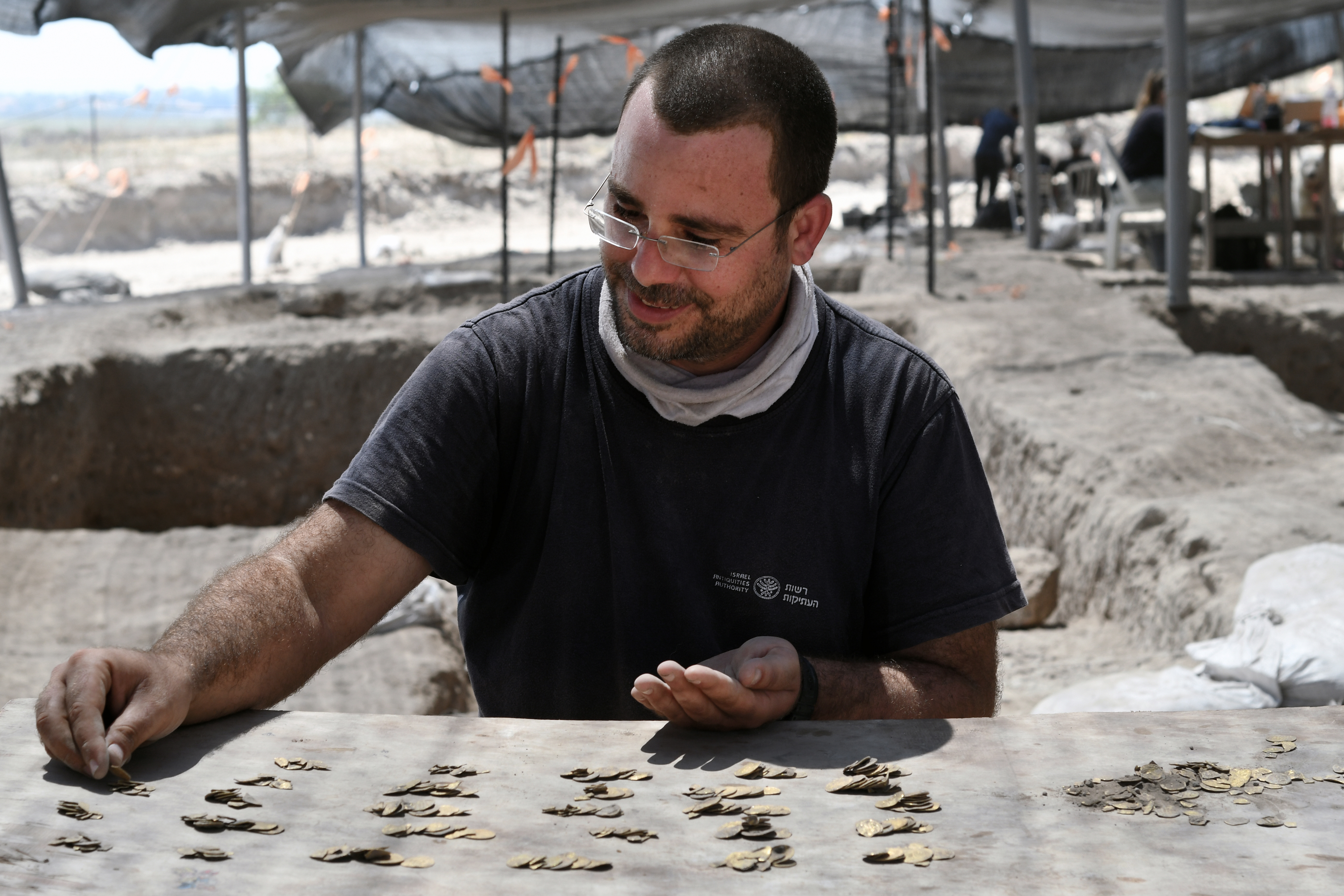


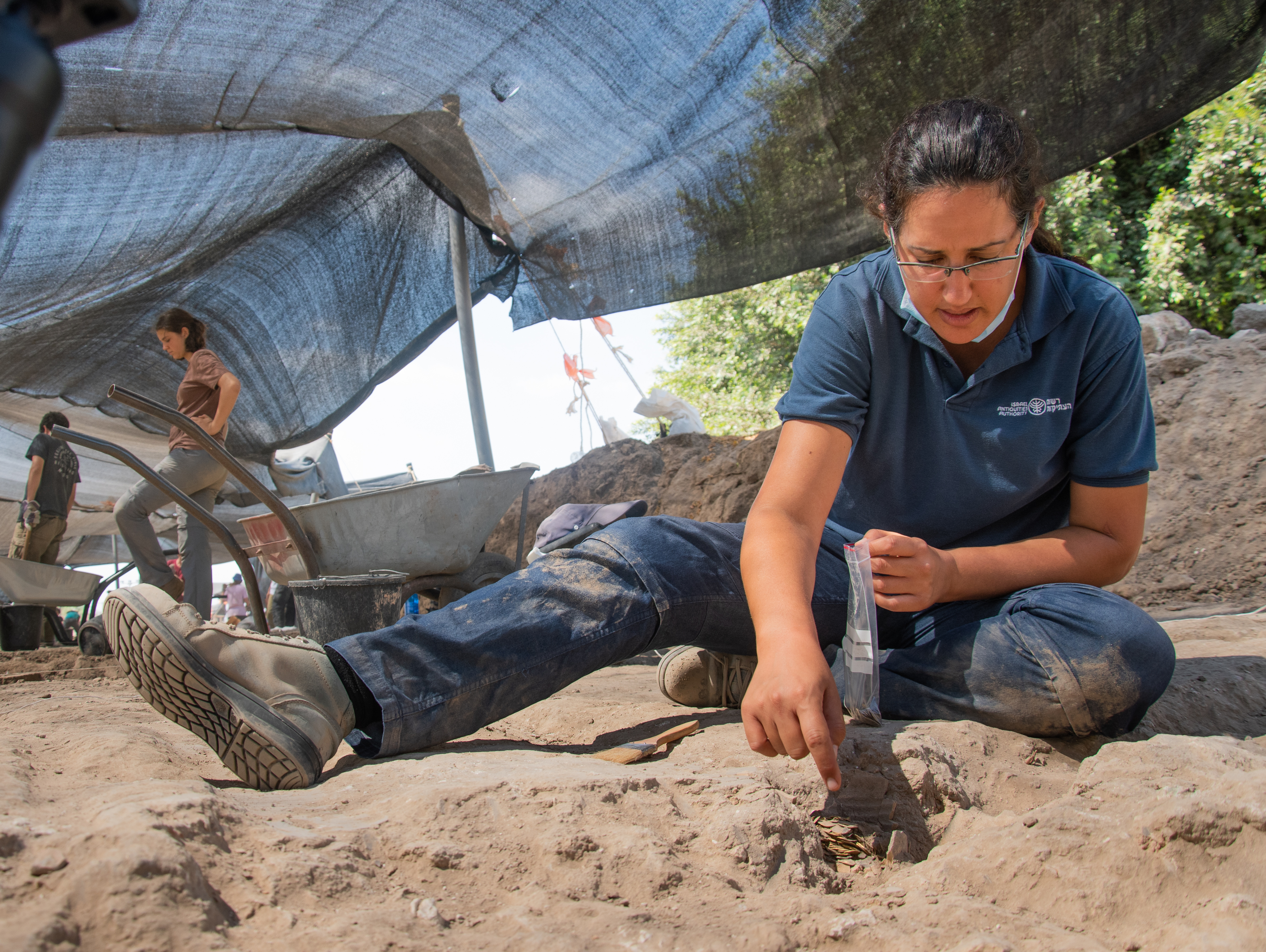



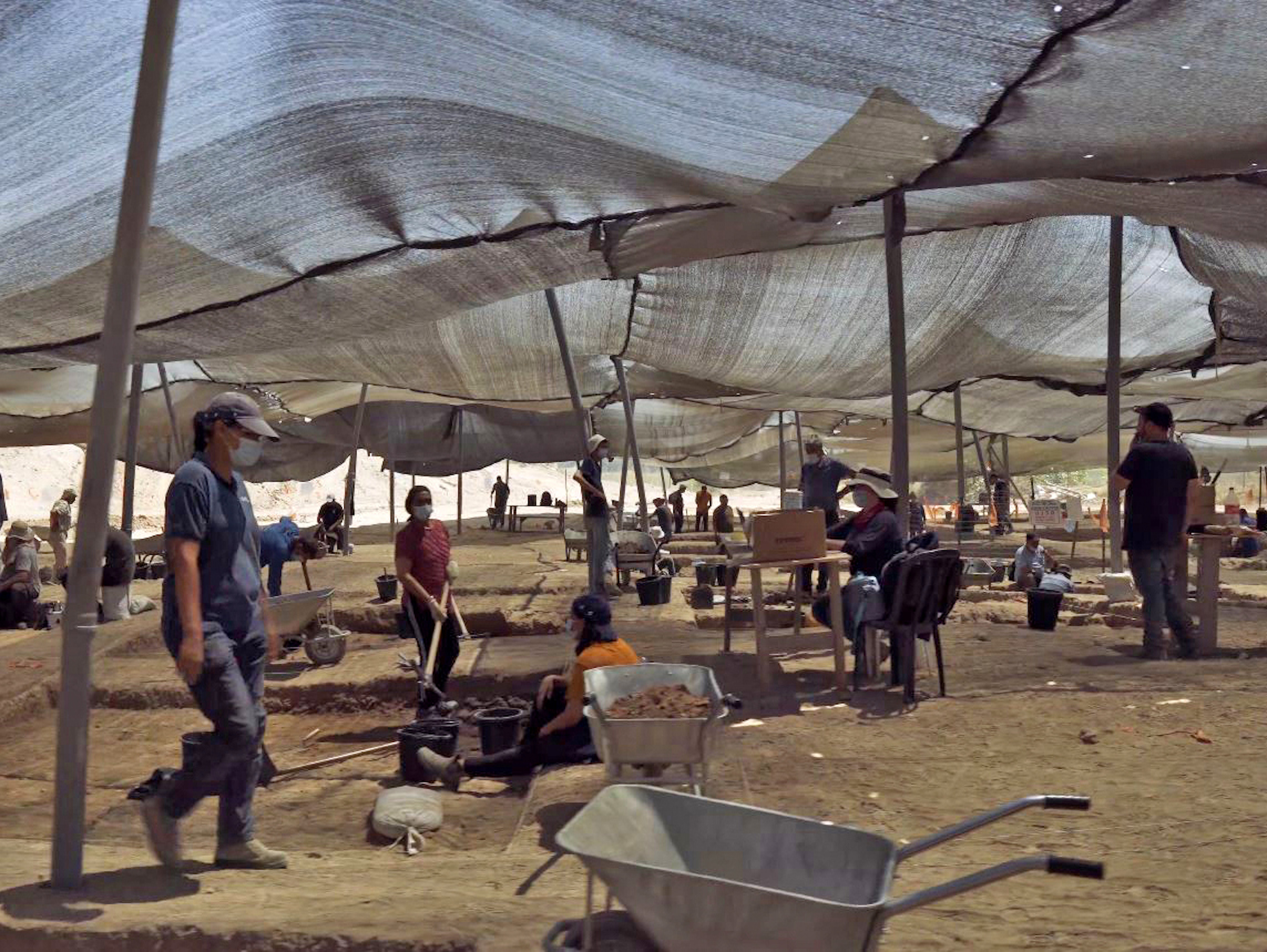
The 1.8-lbs. (845 grams) hoard was "a significant amount of money in those days," Robert Kool, a coin expert at the IAA said in the statement. "For example, with such a sum, a person could buy a luxurious house in one of the best neighborhoods in Fustat, the enormous wealthy capital of Egypt in those days." (Today, based on the current price of gold per gram, that pot of gold would be worth approximately $52,600.)
The hoard is one of the earliest known gold caches from the end of the ninth century in what is now Israel, Kool noted. The stash includes full gold dinars and about 270 small gold cuttings, "pieces of gold dinars cut to serve as 'small change,' a regular practice in Islamic countries after the 850s, when bronze and copper coins fell out of use."
One of the cuttings is an exceptional artifact that has never been found before in Israel. This particular piece is a fragment of a gold solidus, a nearly pure gold coin, depicting the Byzantine emperor Theophilos (A.D. 829 – 842), and minted in the empire’s capital of Constantinople. Its presence in the hoard of Islamic coins is evidence of monetary connections, perhaps a sign of trade, between the two rival empires from this period.
"This rare treasure will certainly be a major contribution to research, as finds from the Abbasid period in Israel are relatively few," Kool said. "Hopefully the study of the hoard will tell us more about a period of which we still know very little."
Editor's Note: This story was updated to fix a numerical conversion. The gold stash weighed 1.8 lbs. (845 grams). Additionally, the spelling of carat was changed to karat.
Originally published on Live Science.

Laura is the managing editor at Live Science. She also runs the archaeology section and the Life's Little Mysteries series. Her work has appeared in The New York Times, Scholastic, Popular Science and Spectrum, a site on autism research. She has won multiple awards from the Society of Professional Journalists and the Washington Newspaper Publishers Association for her reporting at a weekly newspaper near Seattle. Laura holds a bachelor's degree in English literature and psychology from Washington University in St. Louis and a master's degree in science writing from NYU.


